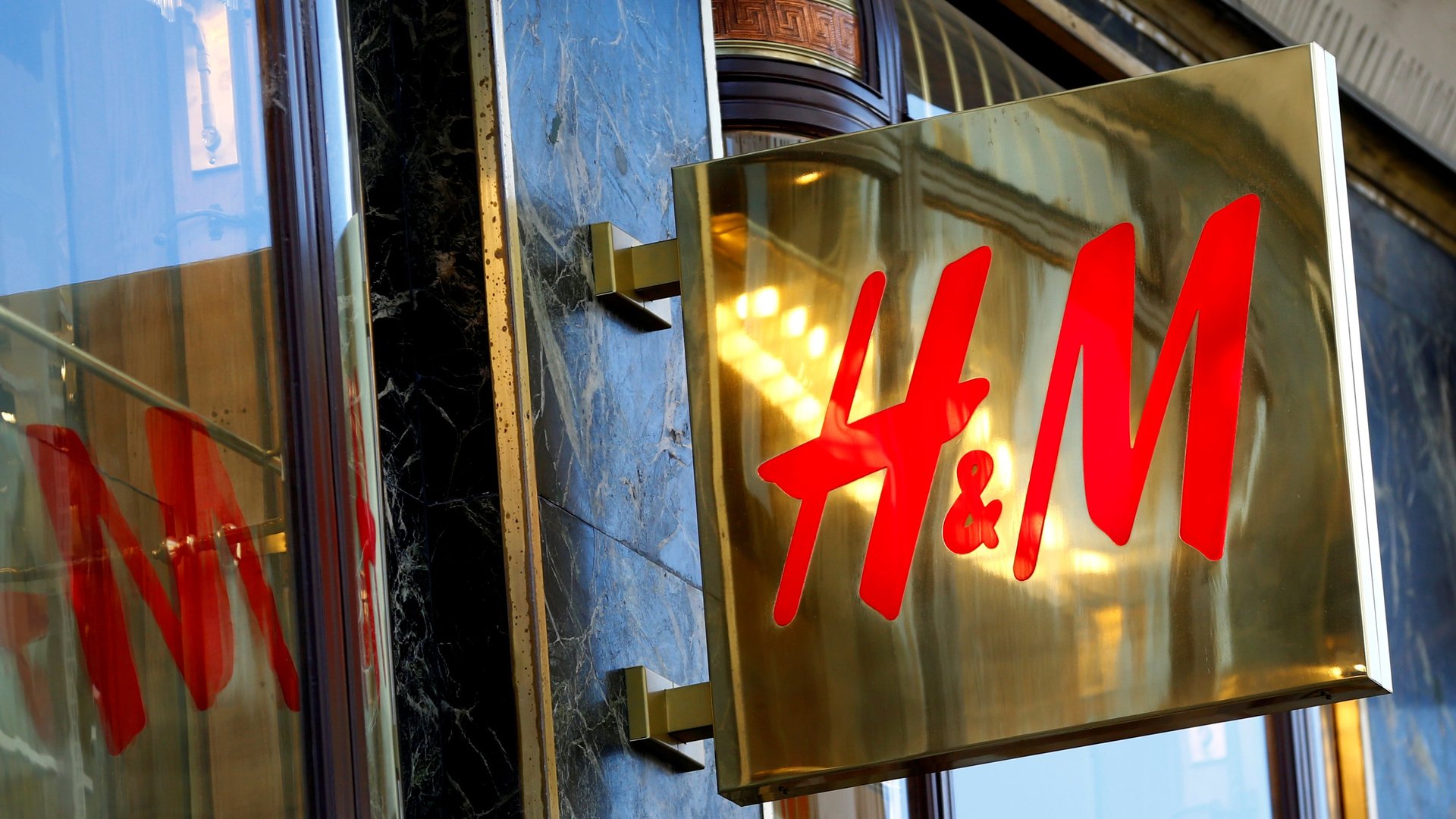Fast fashion has made some of the richest men on Earth
When you think of the industries that allow a person to acquire a massive fortune—the kind that makes them the wealthiest person in a country, or continent—your mind probably goes to fields such as technology, or oil.


When you think of the industries that allow a person to acquire a massive fortune—the kind that makes them the wealthiest person in a country, or continent—your mind probably goes to fields such as technology, or oil.
But clothes, and especially cheap clothes have turned out to be a surprisingly good route for many of the richest people and families on the planet.
Stefan Persson, chairman of H&M and a member of the family that owns the label, is Sweden’s richest person, holding an estimated fortune of $20.2 billion as of Aug. 1, according to Forbes.
You might suspect Japan’s richest person would own an electronics or automotive company, but it’s Tadashi Yanai, founder of Fast Retailing Co., which makes more than 80% (pdf, p. 16) of its sales from Uniqlo. He and his family hold $17.1 billion as of Aug. 1, and he’s maintained his position as Japan’s richest despite a $4.8 billion drop in his wealth in the past year.
Then there’s Amancio Ortega, founder of Inditex, the parent company of fast-fashion pioneer Zara. He is the richest person not just in Spain, but in all of Europe. His fortune of $75.1 billion as of Aug. 1 puts him second on Forbes’ list of the world’s billionaires, and for a brief moment last year he even overtook Bill Gates as the world’s wealthiest person.
Additionally, the Brenninkmeijer family, which owns fast-fashion label C&A, is reported to be the richest in the Netherlands. Ireland’s richest family for eight years running is the Westons, owners of fancy department store Selfridges, but more importantly of the growing and incredibly cheap chain Primark.
Clothing, being a basic necessity, is always going to be a big seller, but the fortunes made by these labels are revealing. All sell cheap, trendy fashion. Uniqlo’s low-cost basics may arguably be somewhat of an exception, but it does embrace trends and is adopting some fast-fashion tactics (pdf, p. 14) gleaned from the success of sister brand GU.
Their success is largely owing to the fact that they’re faster and cheaper than the competition. Many manufacture in low-wage countries, where their clothes are made by some of the lowest-paid workers in the global economy, and have faced accusations of abuses.
But more broadly, fast fashion fits with a technology-driven shift happening in the consumer mindset, according to Vicki Cantrell, SVP of community and executive director of Shop.org, the digital division of the National Retail Federation. ”In the old days—not being that long ago—if you were a woman you would go and spend the right amount of money on a really perfect little black dress. You would be able to use it many times,” she says. “And then comes the rise of social media and the complete change in how the customer interacts with technology.”
Because of the internet and social media, consumers are exposed to a constant barrage of fashion imagery, including runway images and new trends. Consumers also see their own images everywhere, and often don’t want to be seen in the same outfit over and over. Fast fashion, Cantrell says, allows them to get the products they’re seeing in their feeds quickly, and then not have to spend a great deal on an item they view as a “temporary treasure” that won’t necessarily remain a staple for years. The situation trains consumers to know that a store such as H&M will sell whatever is fashionable at the moment, creating customer loyalty, which then allows H&M to expand sales to other types of clothing.
Cantrell believes a similar mindset shift caused by social changes led to the peak of department stores in the 1960s and 1970s. The middle-class migration to suburbia created the conditions for big stores and malls, where shoppers could buy everything under one roof. Now department stores are offering more experiences to keep up in the digital environment.
“You can’t just say [fast fashion] got it smarter on the supply chain and offered it for a lower price,” she says. “It has so much to do with the mindset of the consumer.”
If the fortunes it has made are any indication, fast fashion is a pitch-perfect reaction to the times.